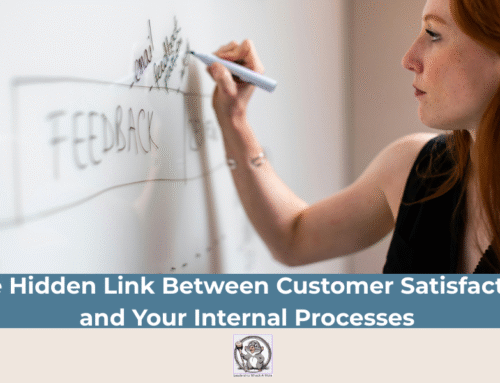
By Ric Shriver
I have frequently heard from leaders that it is sometimes more difficult to engage in performance improvement conversations with their subordinates than it is to fire them. After all, typically in a termination interview, the Human Resources Representative is charged with doing most of the talking! But as leaders, if we are truly serious about holding our staff accountable for strong performance and we are committed to doing what is best for our organization, then we must be able to confidently address performance deficiencies and skill gaps when we see them.
We have referenced the need for ongoing performance feedback and coaching as the most impactful and beneficial way to reinforce targeted learning and performance for individuals and teams. However, what you may be wondering is how the focus on regular, consistent coaching and feedback correlates with the traditional, annual performance review and appraisal processes that have been baked into our human resources policies and structures. This has mostly been done to appease the corporate legal departments as the best way to combat potential future federal or state regulatory charges or, worse yet, formal lawsuits and unwanted settlement costs. So, let’s examine this quandary by reviewing how best to observe, assess, coach, and document employee performance. After all, quality people are not growing on trees in our labor markets, and we should be doing all we can to retain the people we deemed to be valuable to us when we made the decision to recruit, select and onboard them.
Targeted and effective coaching is the best way to improve employee performance. Coaching is popular today in the workplace and will become even more prevalent and necessary in the future. Coaching provides a means for helping employees and teams perform well in their jobs – and accomplish their objectives – successfully. In addition, coaching can help individuals prepare for promotional opportunities and career progression, even if their current performance is not meeting expectations.
I have outlined below some key steps and criteria I have utilized for effective one-on-one coaching opportunities:
- Determine the reason for and desired purpose of the coaching. If the outcome is irrelevant to the business, then decide not to engage in a coaching conversation.
- Based on a relevant purpose and desired outcome for the coaching, determine what, where, and how you should provide the coaching following the general guidance offered below:
- If the coaching is to correct inappropriate behavior, incorrect task completion, or insufficient or incorrect communication, it should be done almost immediately after being observed…preferably in private. During this type of coaching, the emphasis should be on the observed (or reported by credible witnesses) behavior, task, or communication, followed by a question or questions to validate the observed or reported behavior(s). In any intervention focused on immediate correction, you, as the leader, should allow the employee to offer their rationale and/or perceptions of why the undesirable behavior, action, or communication occurred. However, for the most part, you, as the leader, should do most of the talking, emphasizing gaining agreement with the coached employee for immediate improvement and correction.
- If the coaching is to help solve an individual problem, troubleshoot, or address a work-related dilemma, you should ensure that adequate time is blocked to provide the coaching. This type of coaching should initially involve more observation and questioning, followed by potential direction or demonstration by you or an experienced and capable team member.
- If the coaching discusses individual development related to the employee’s career aspirations or personal growth, ensure that adequate time, preferably away from the immediate work area, is scheduled. This type of coaching should emphasize open-ended questions, active listening, and joint agreement on the career path or personal growth avenues. Your support and potential future involvement with the team member’s plans should be clarified and confirmed.
- If the coaching recognizes an individual’s performance and contribution to the business and team, provide that recognition as soon as possible after observing the performance or contribution… for this type of coaching, do it publicly for the full team to appreciate the individual.
Regardless of the type of coaching being offered, follow-up should occur within a reasonable timeframe to ensure that the coached employee or peer is committed to the corrected behavior, problem resolution, or career/personal growth direction agreed upon.
To learn more about our innovative approaches to performance management and coaching, click on the banner below to see our book Leadership Whack-A-Mole on Amazon.




